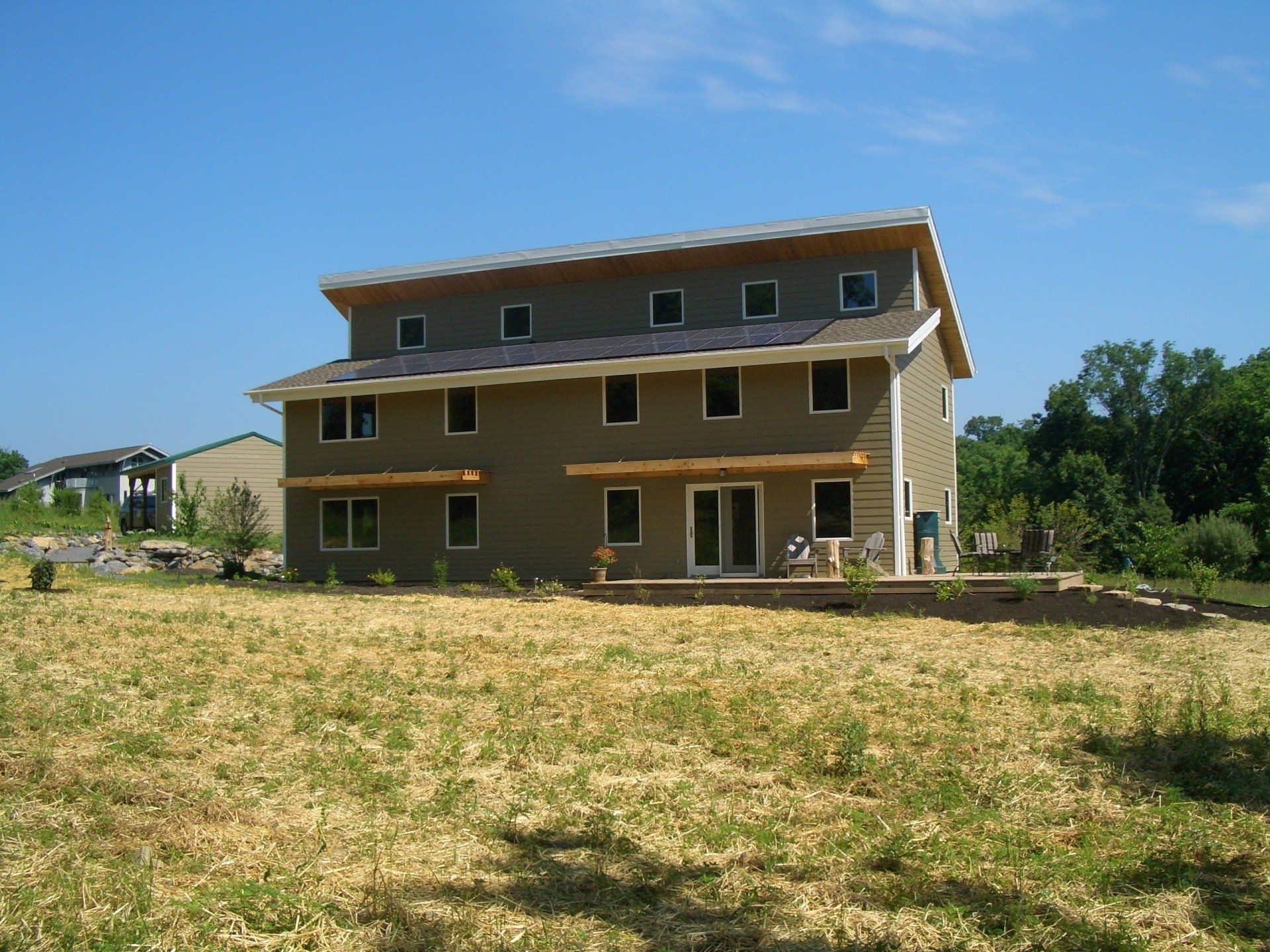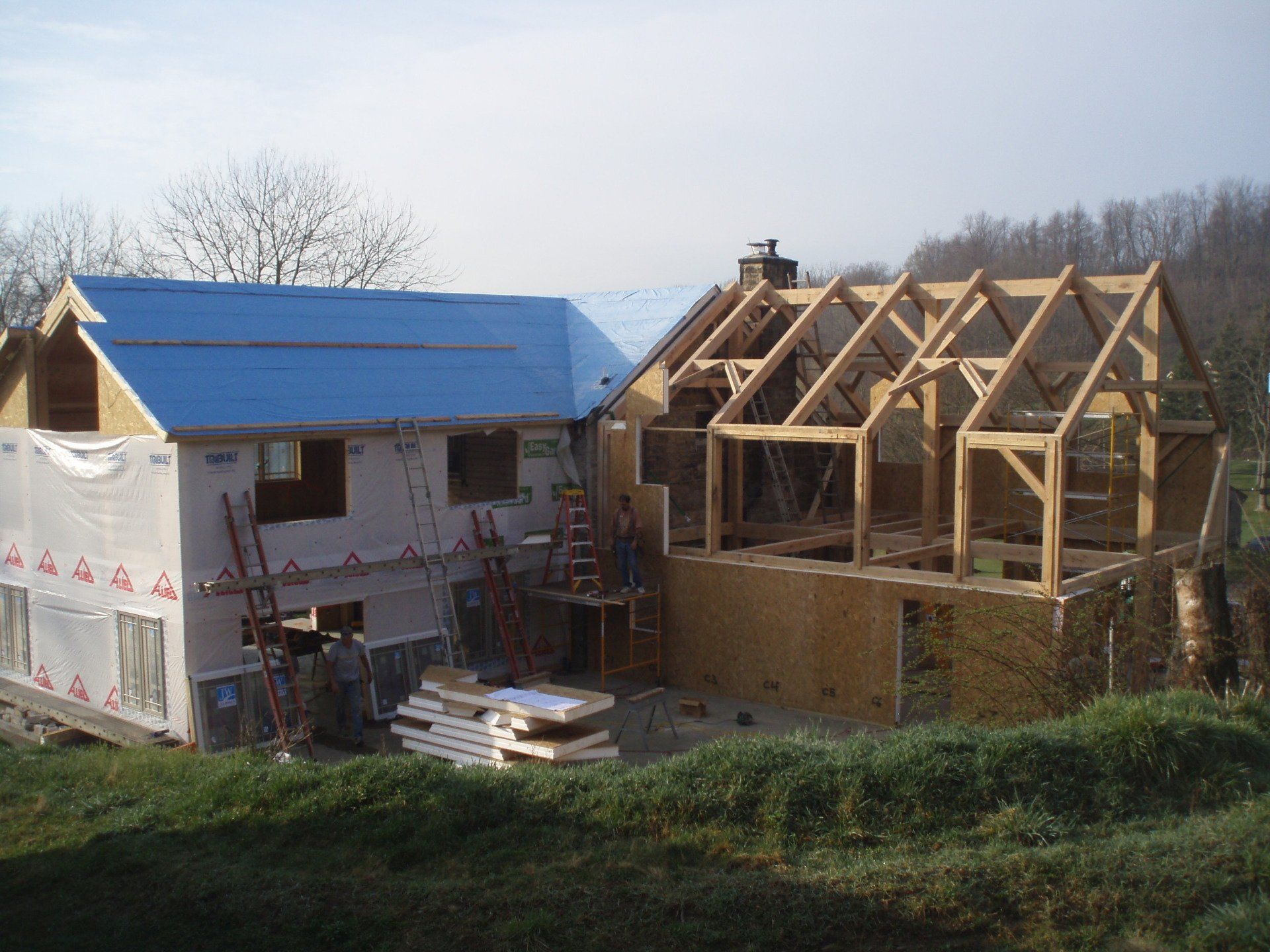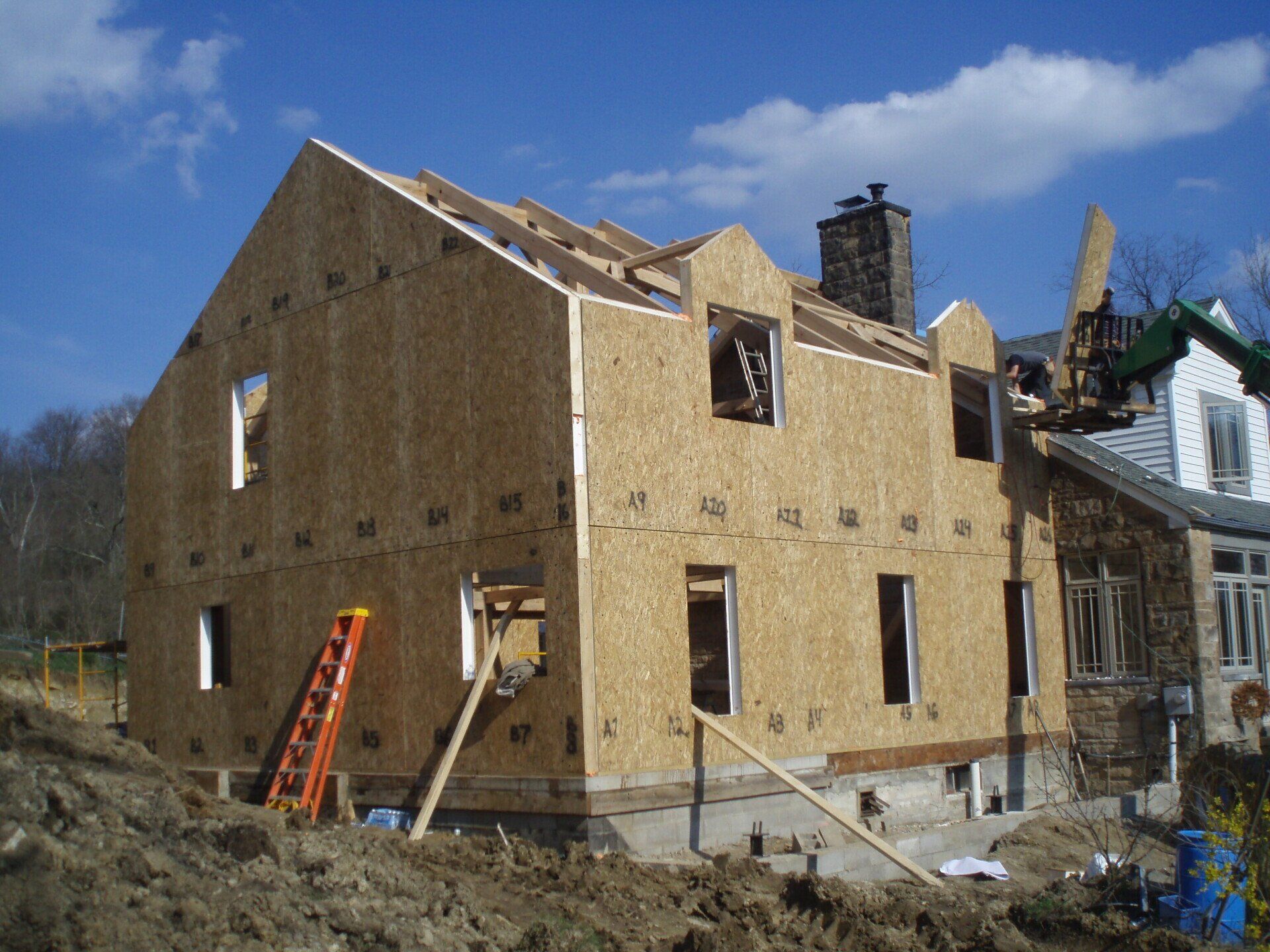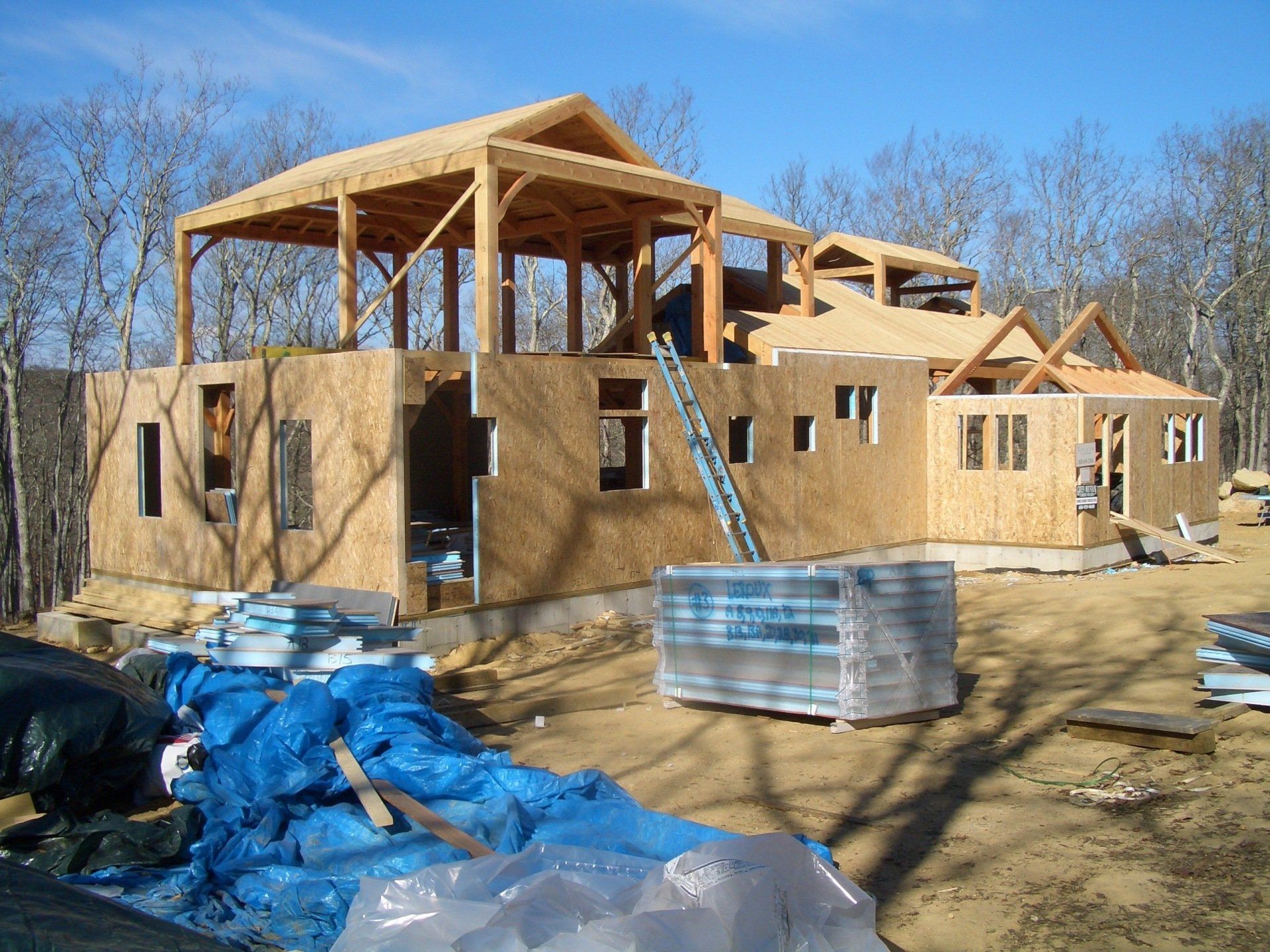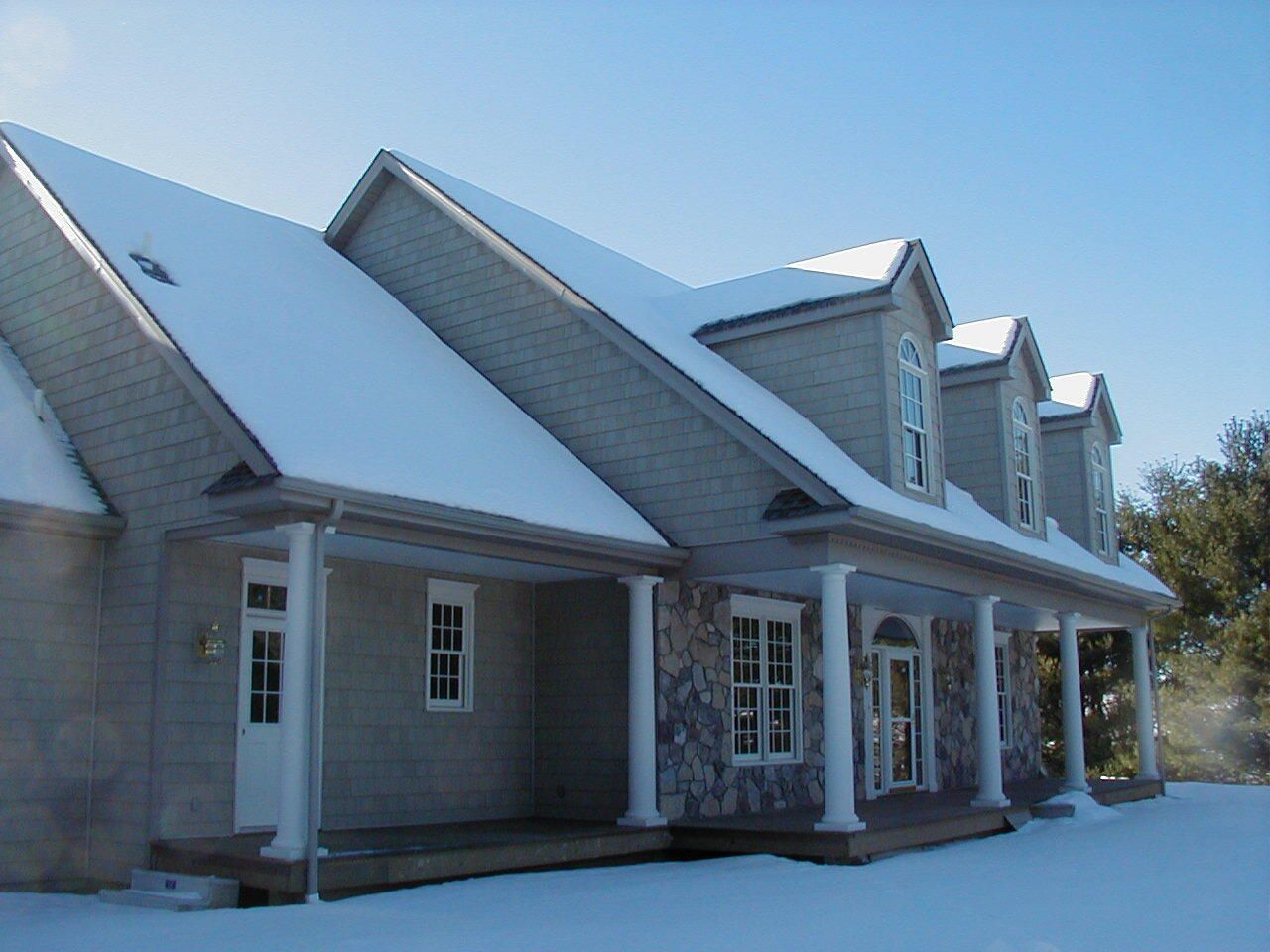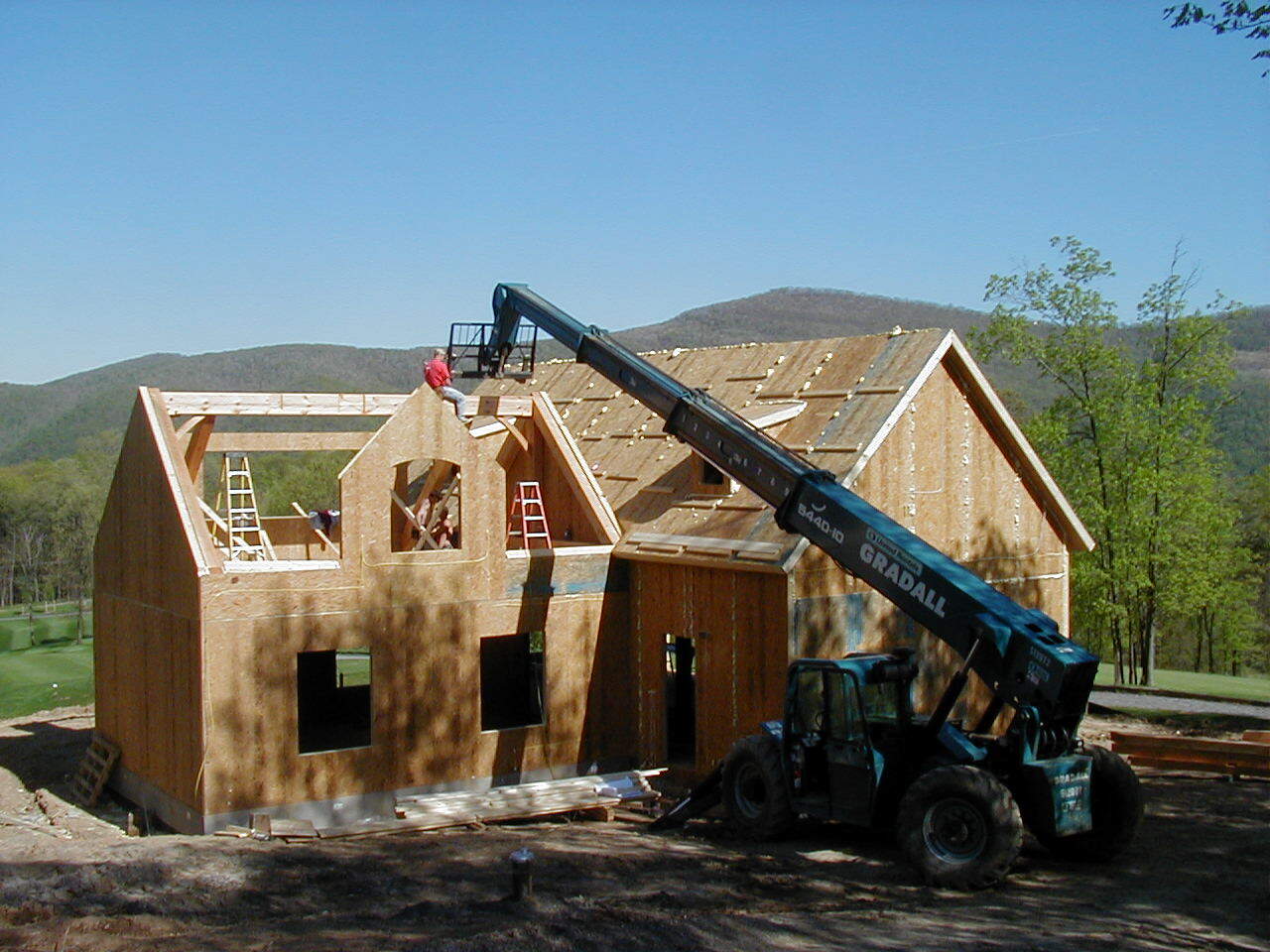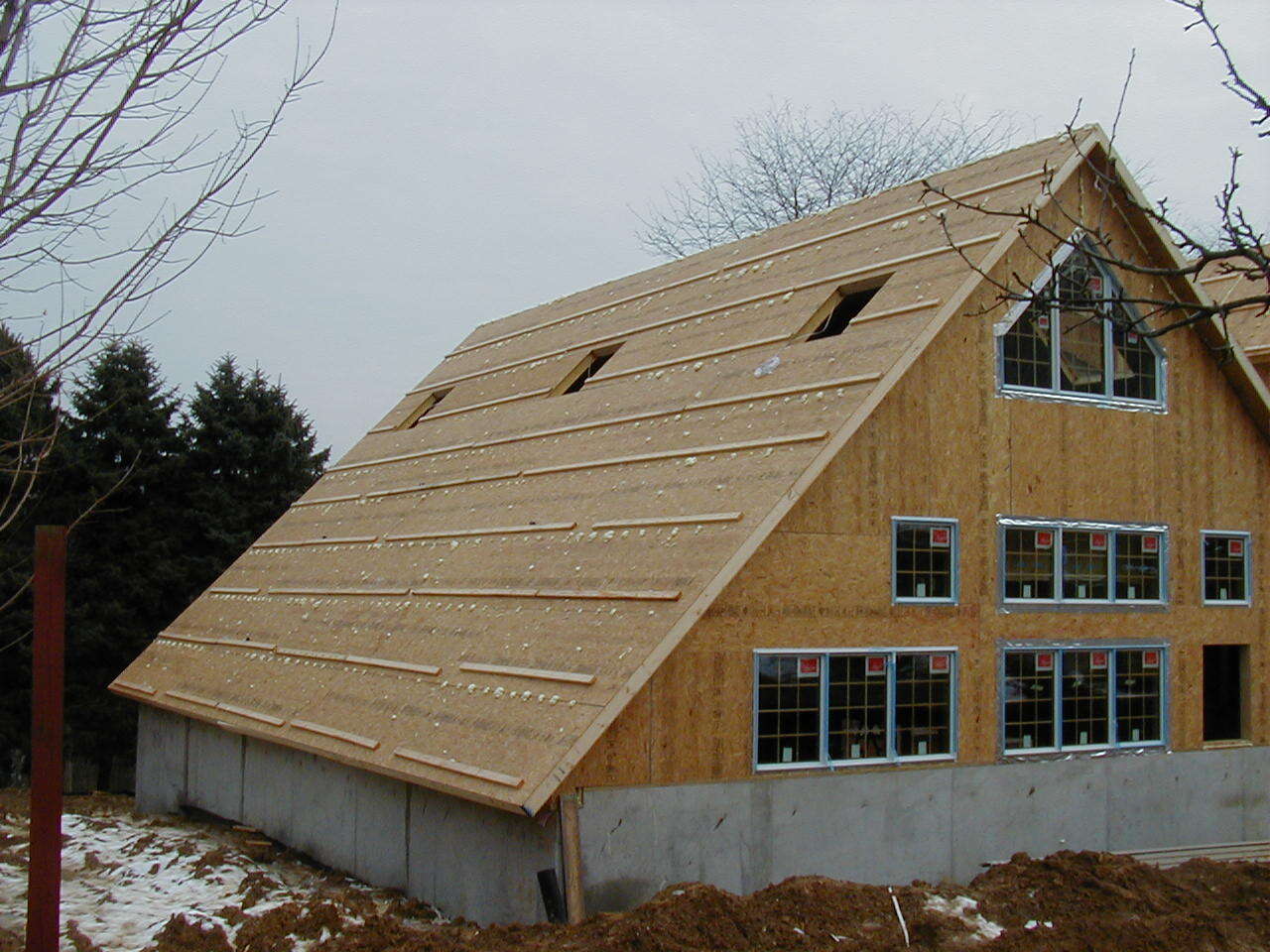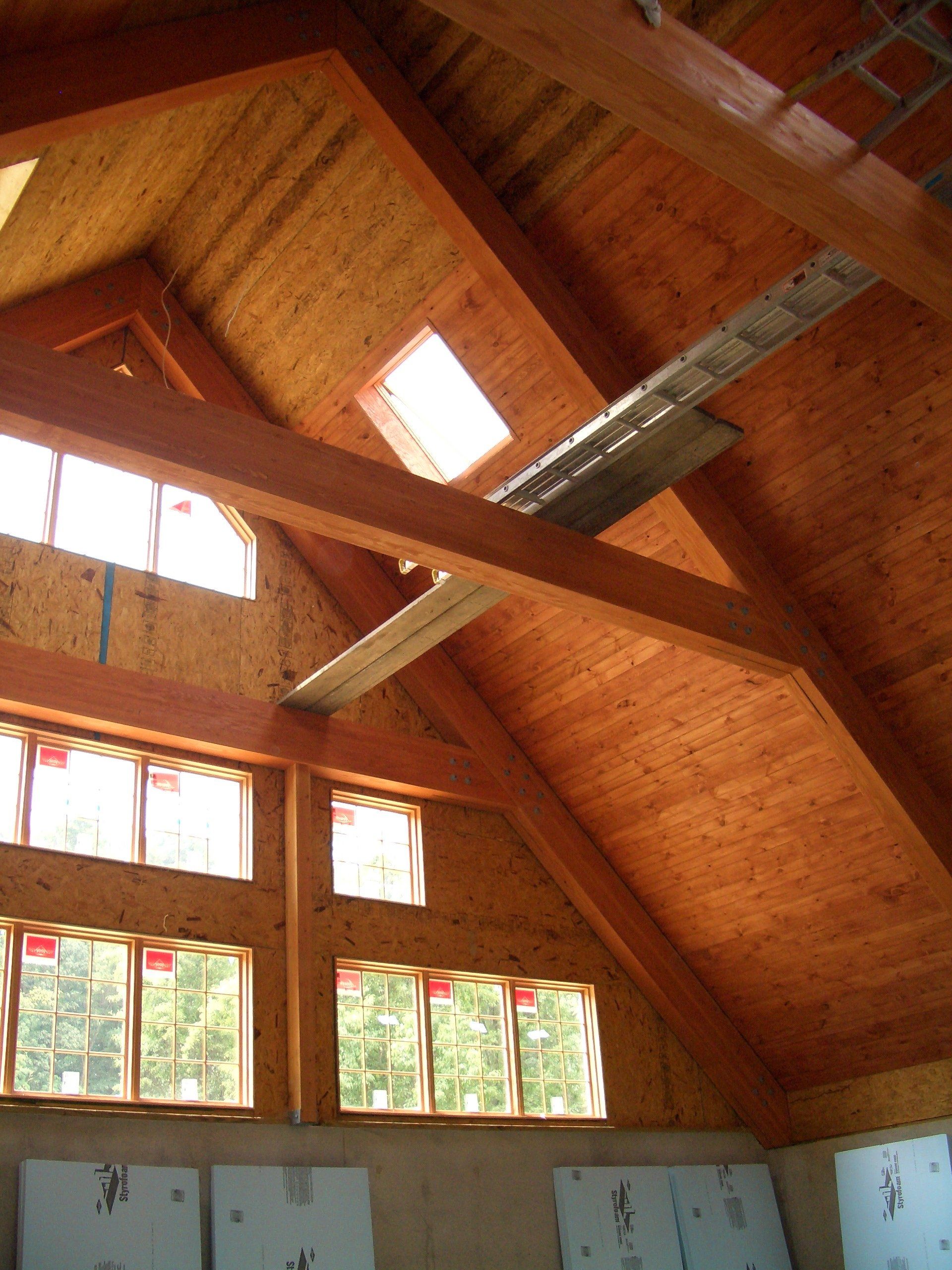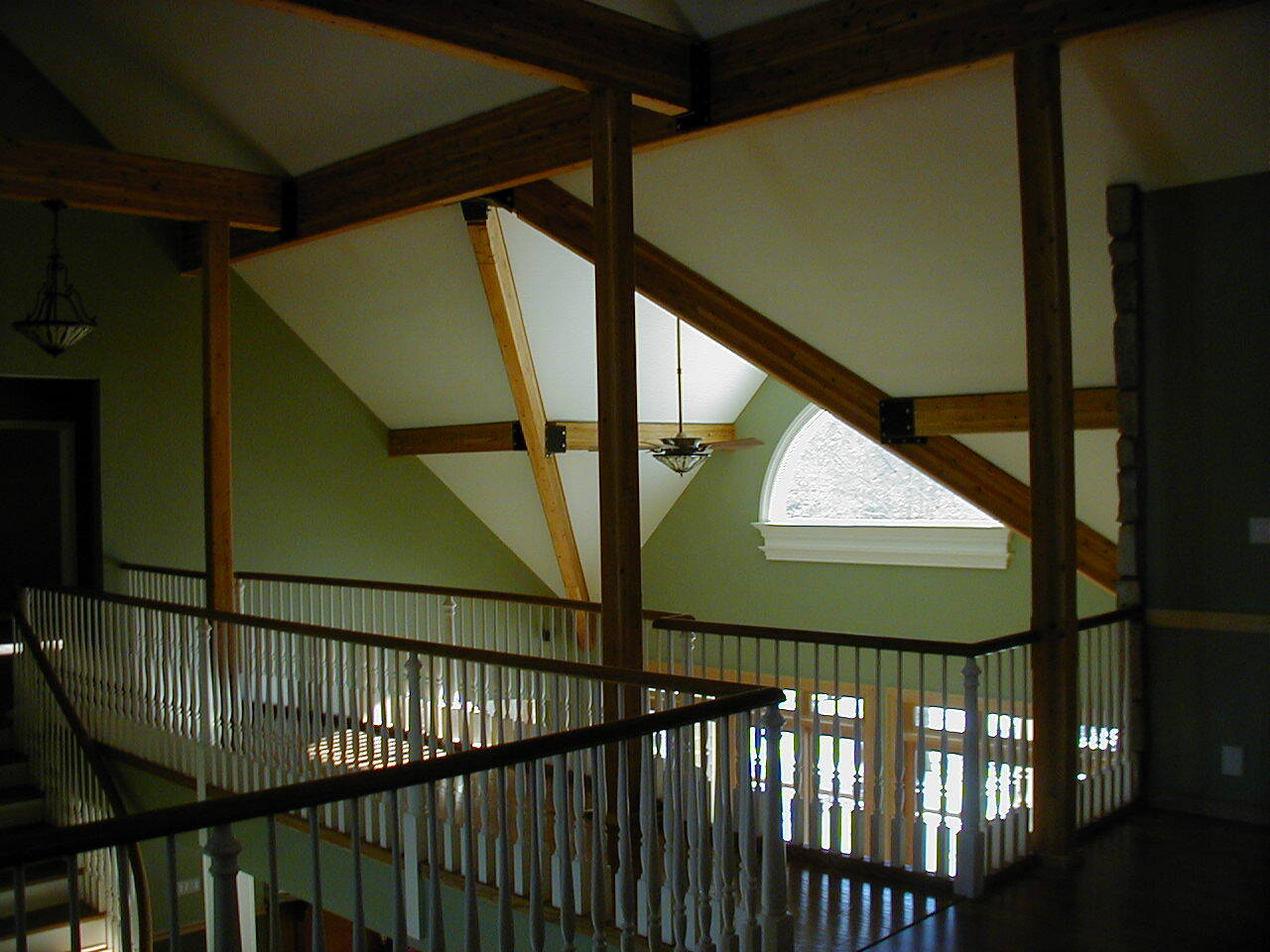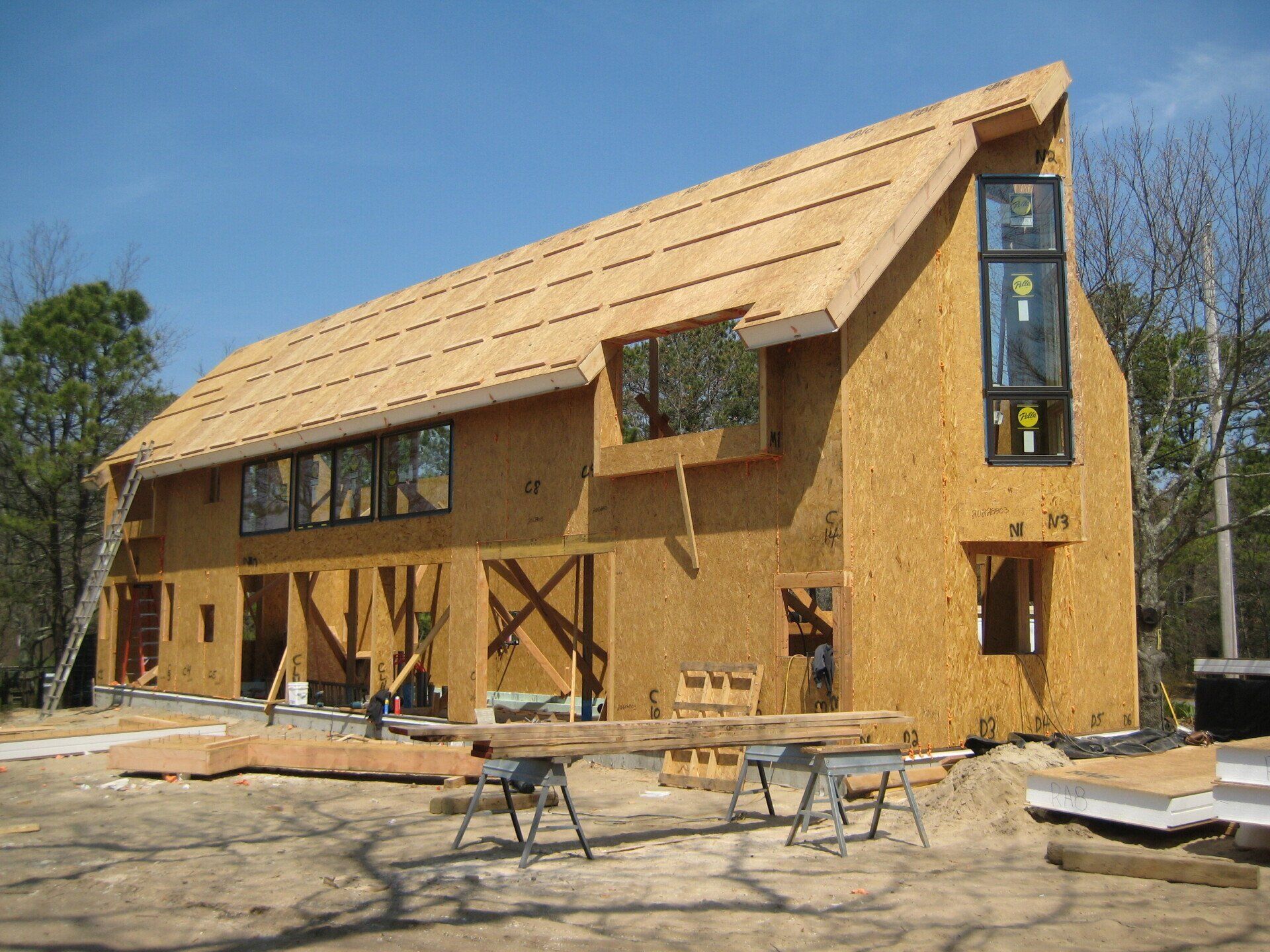SIPS
SIPs
Learn about the benefits of implementing SIPs in your project.
WHAT ARE SIPS?
Structural insulated panels (SIPs) are often used in timber frame building. They are panels consisting of a rigid insulated foam core sandwiched between two structural boards. SIPs are strong, cost effective and energy efficient.
While the cost of SIPs themselves may be higher than the comparable materials used in conventional framing, the labor savings to install them is significant. The energy savings is generally thought to have a 3-5 year return on investment, making the long term cost of the house lower.
SIPS CONSTURCTION GALLERY
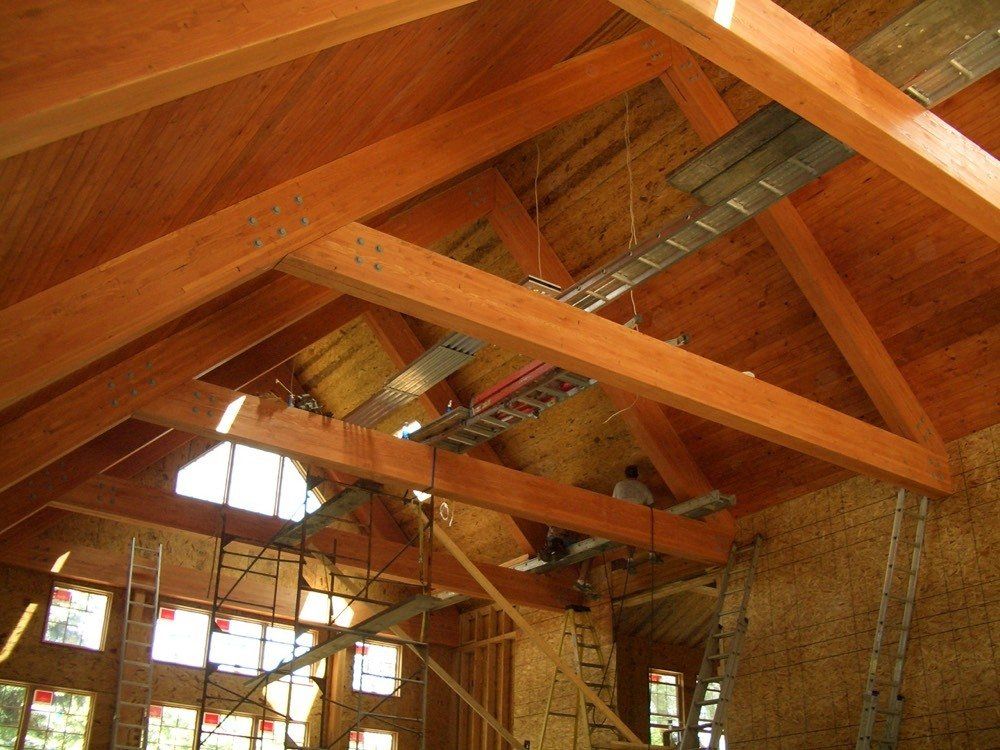
Slide title
Write your caption hereButtonSlide title
Write your caption hereButton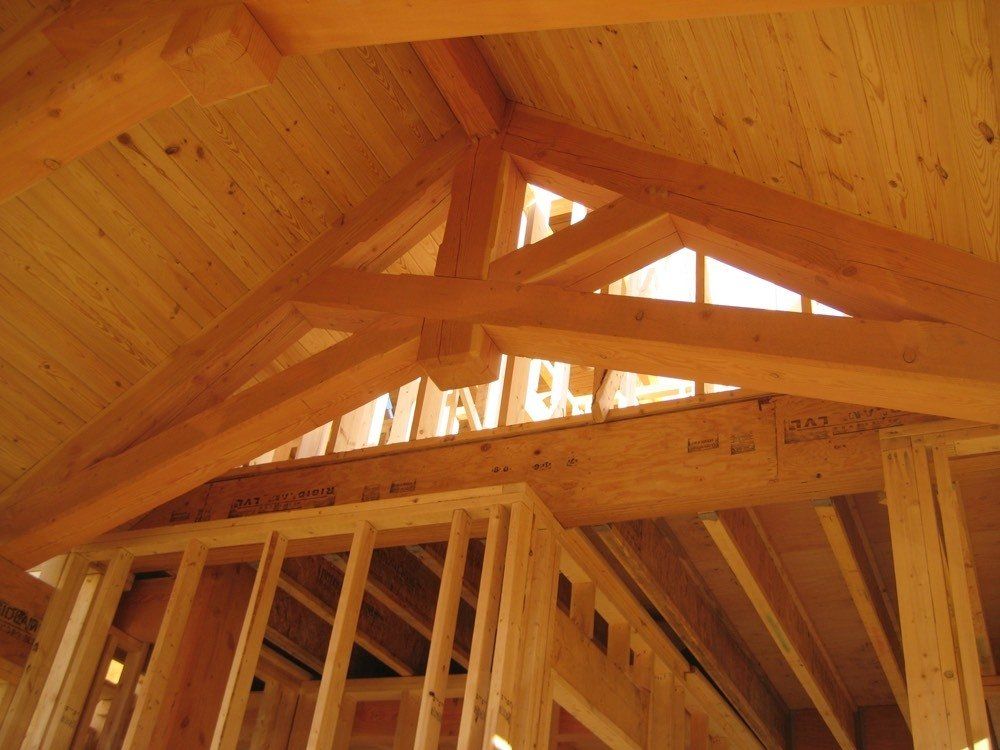
Slide title
Write your caption hereButtonSlide title
Write your caption hereButton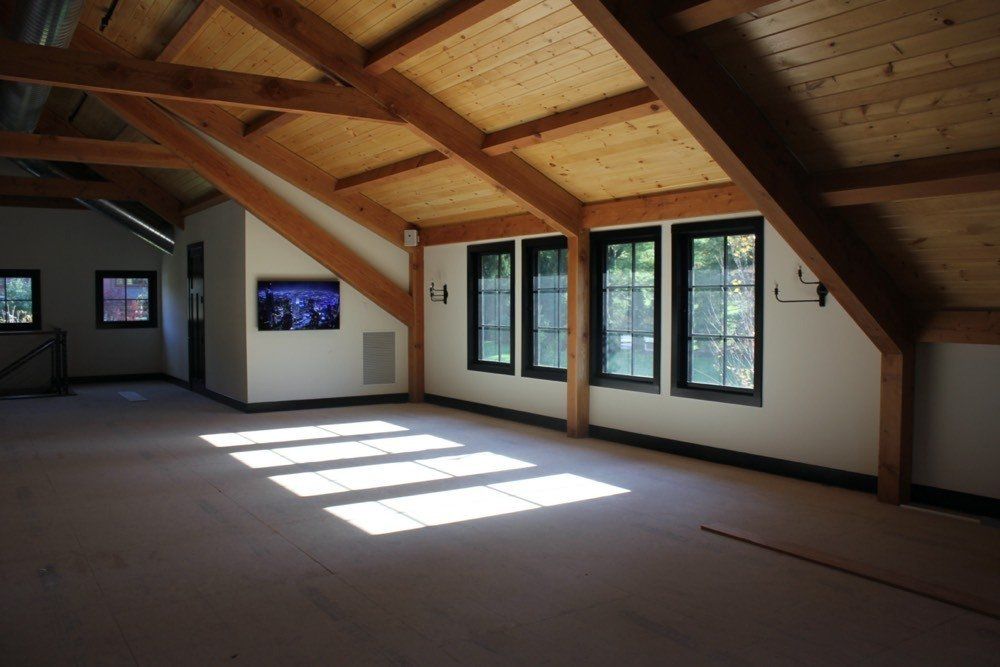
Slide title
Write your caption hereButton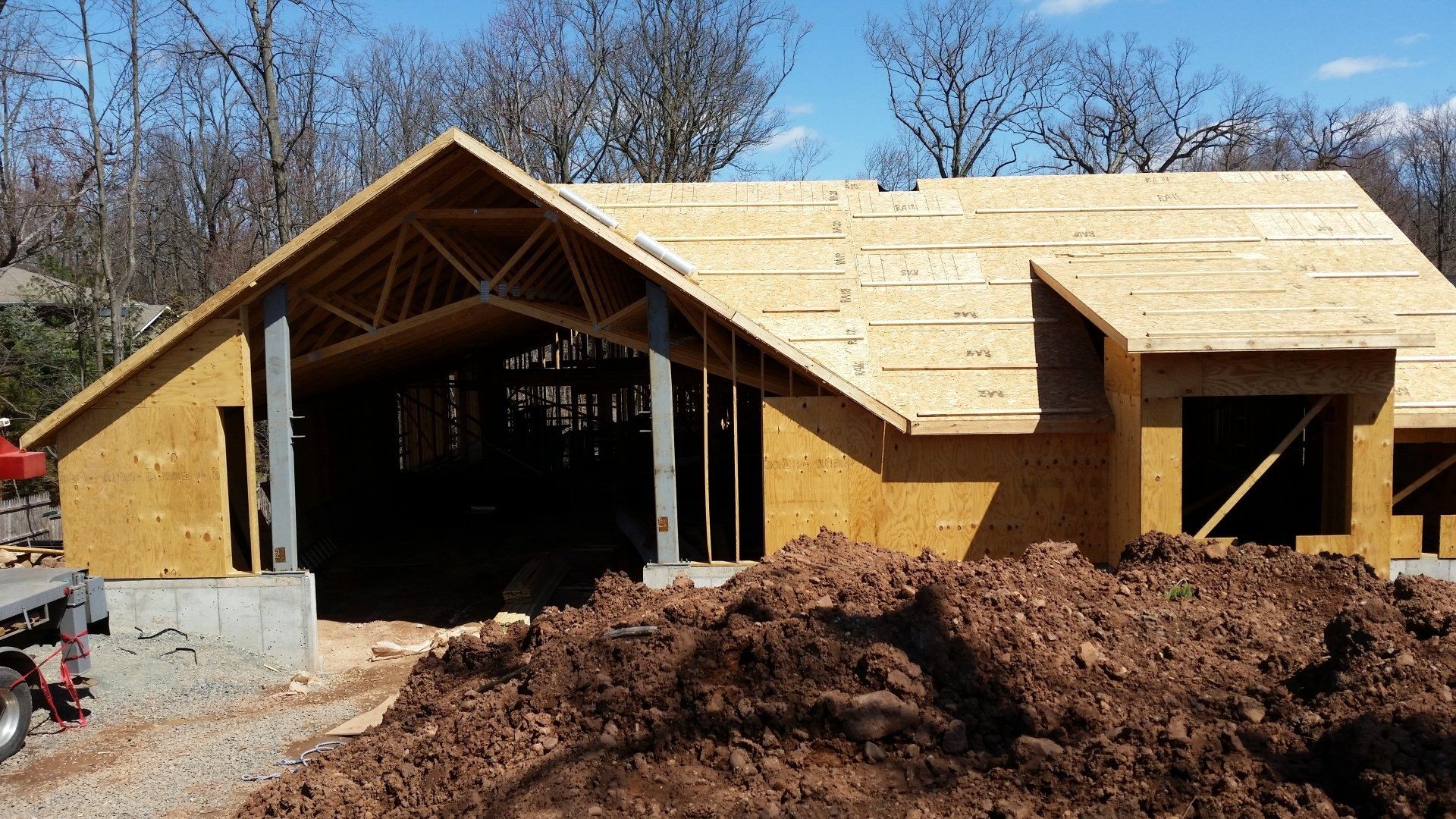
Slide title
Write your caption hereButtonSlide title
Write your caption hereButtonSlide title
Write your caption hereButton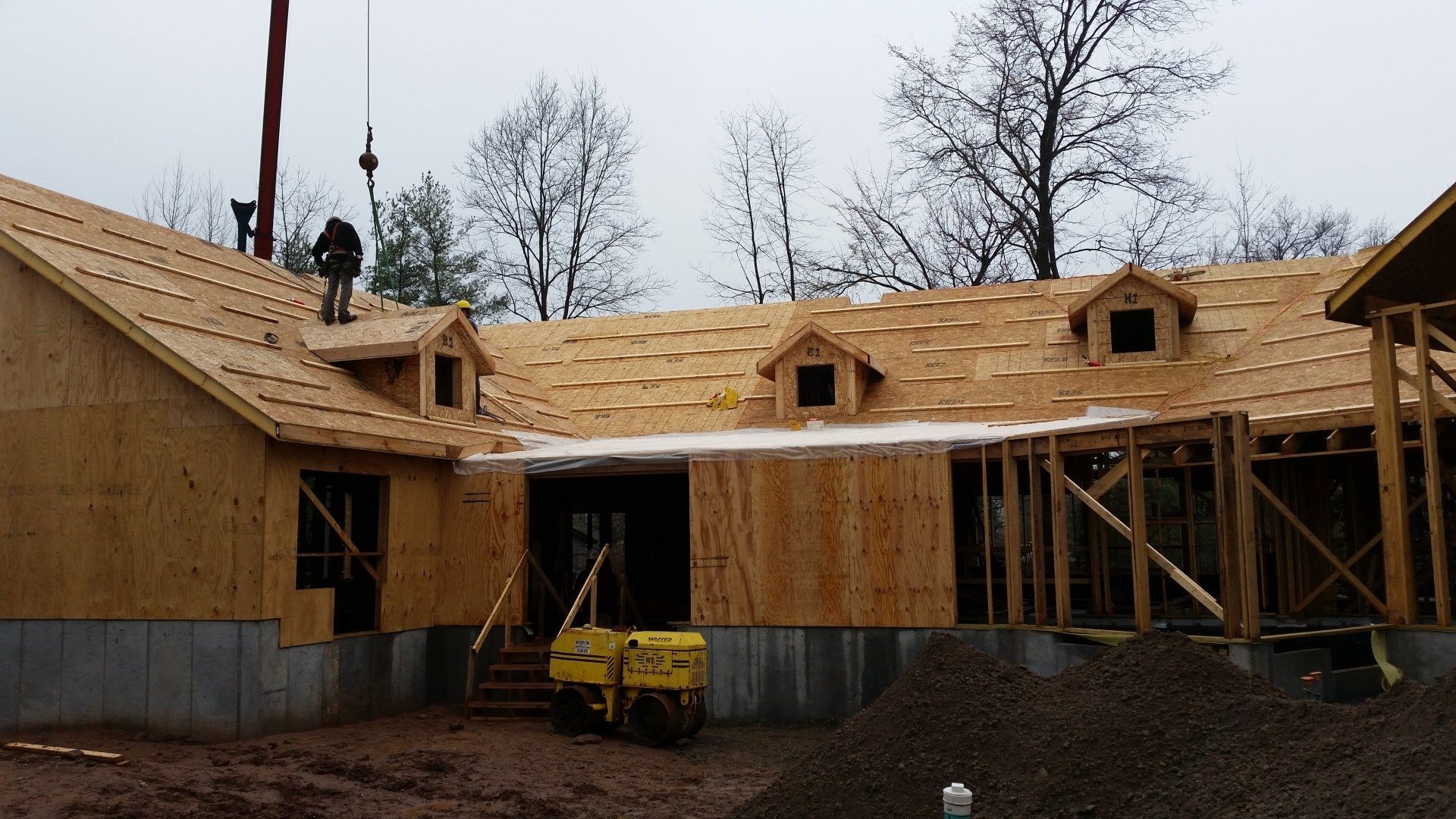
Slide title
Write your caption hereButtonSlide title
Write your caption hereButtonSlide title
Write your caption hereButton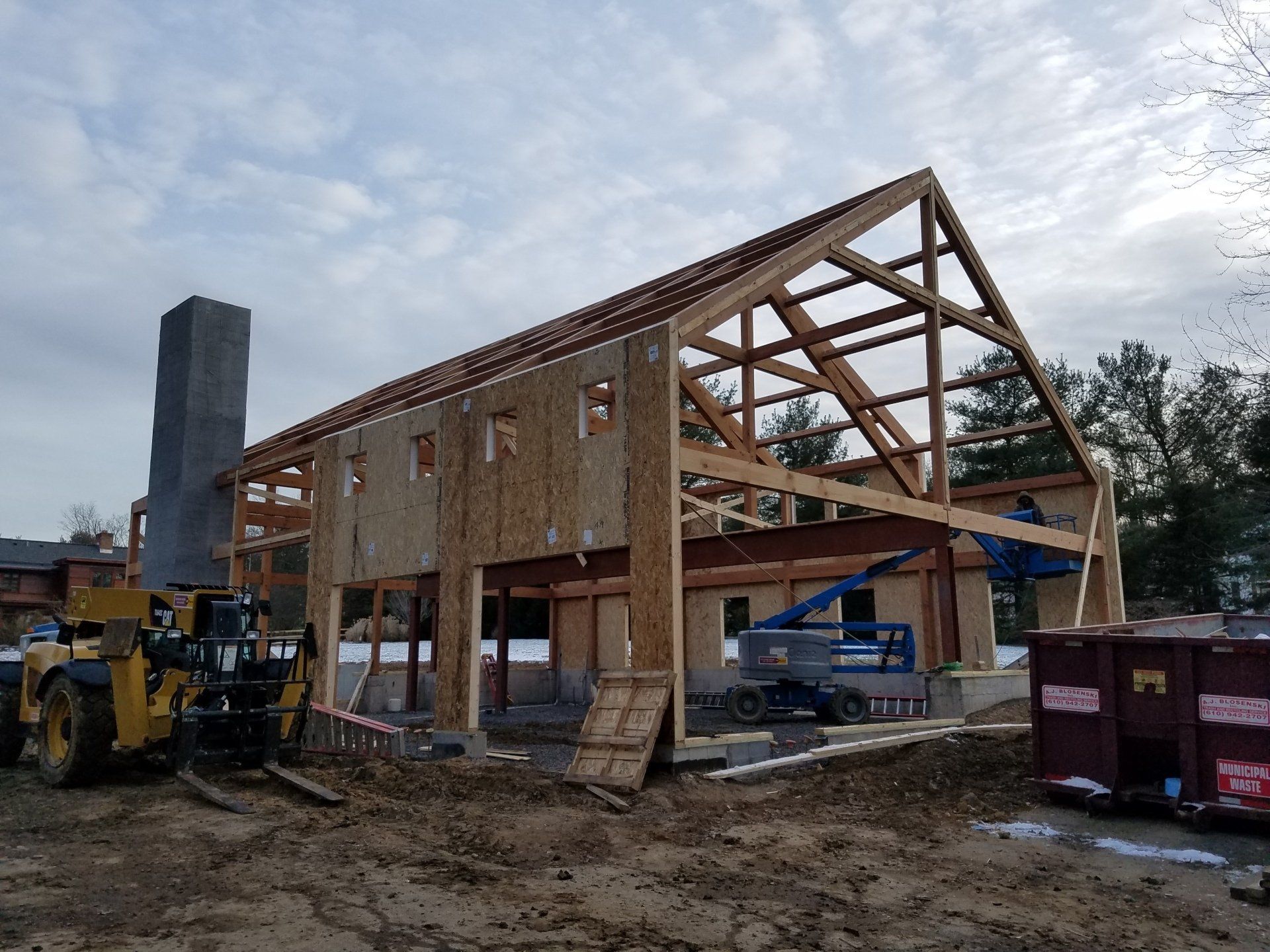
Slide title
Write your caption hereButtonSlide title
Write your caption hereButtonSlide title
Write your caption hereButton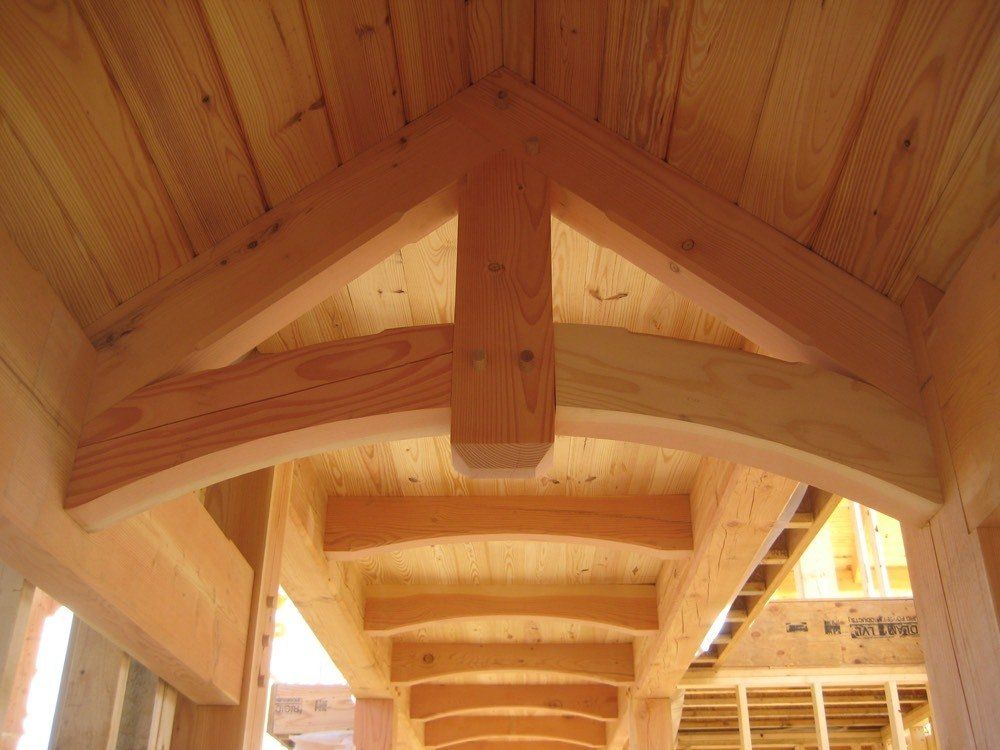
Slide title
Write your caption hereButton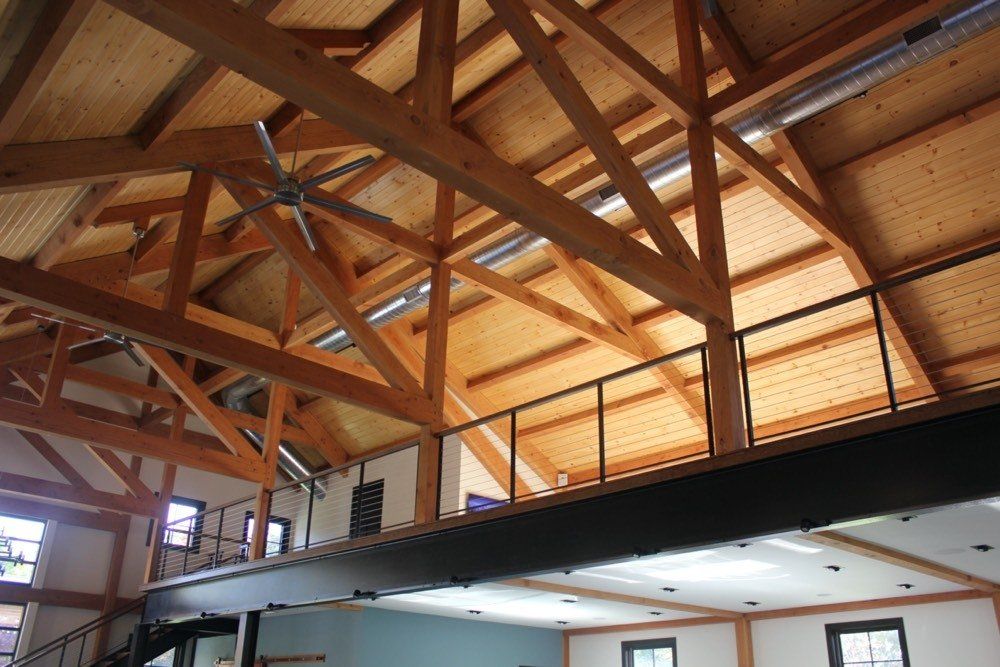
Slide title
Write your caption hereButtonSlide title
Write your caption hereButton
WHAT ARE THE BENEFITS?
SIPs are one of the most environmentally responsible building systems available. One of the main benefits of SIPs construction is that an extremely high level of insulation is integral to the structure. SIPs buildings can be extremely airtight, meaning that the amount of energy used to heat and a cool a room can be cut by up to 50%
SIPs timber frame buildings are more energy efficient, stronger, quieter and more draft free than older technology systems, like timber framing. Less air movement or leakage translates into less drafts, fewer penetrations for noise, lower energy bills and a significantly more comfortable and controllable indoor environment. The result is lower energy consumption and CO2 emissions.
ASK US ABOUT SIPS!
Contact Us
Thank you for your interest in SIPs from Green Mountain Timber Frames.
We will get back to you as soon as possible!
Oops, there was an error sending your message.
Please try again later.
Please try again later.
610.929.9600
1206 Carbon Street
Reading, PA 19601

